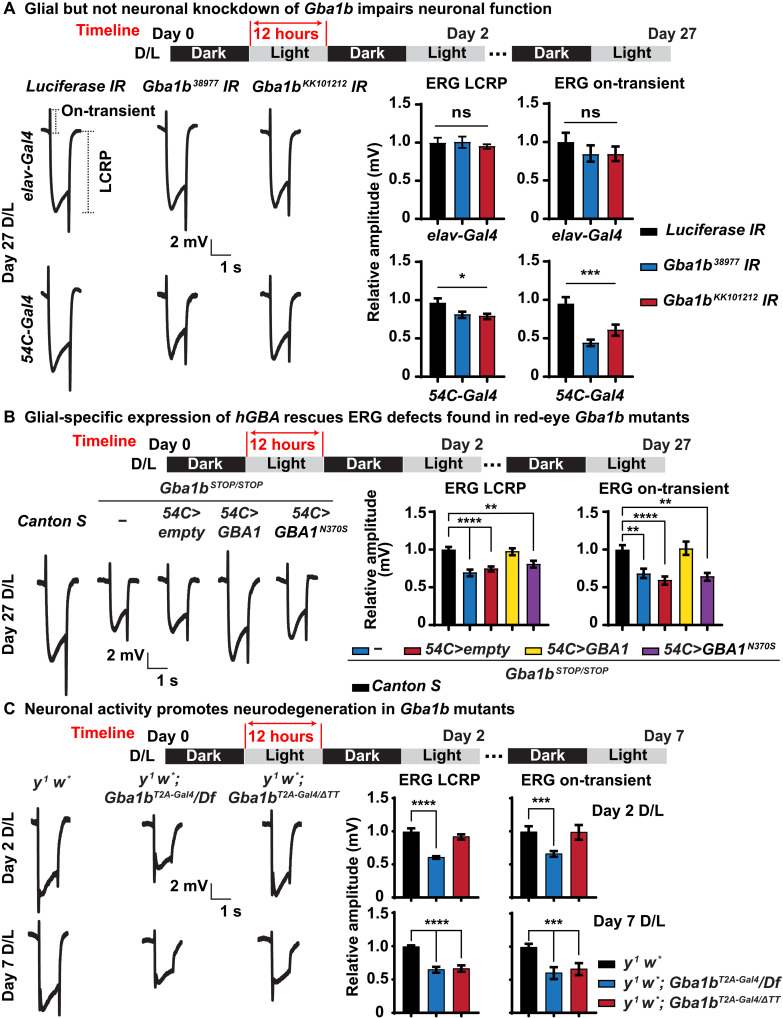Fig. 2. Glial Gba1b is necessary and sufficient to support neuronal function.
(A) Gba1b is required in glia to support neuronal function. ERG recordings of flies of the indicated genotypes after 27 days of D/L cycles. Gba1b is specifically knocked down in neurons driven by elav-Gal4 (top) and in glia driven by 54C-Gal4 (bottom), respectively. Glial knockdown but not neuronal knockdown of Gba1b leads to reduction of LCRPs and on-transient. The ERG LCRP and on-transient amplitudes are quantified on the right. Error bars represent SEM (n ≥ 6); *P < 0.05 and ***P < 0.001. (B) Glial-specific expression of human GBA1 but not GBA1N370S rescues ERG phenotypes in Gba1b mutants. ERG recordings of flies of the indicated genotypes after 27 days of D/L cycles. Gba1bSTOP/STOP shows reduced ERG LCRP and on-transient, which can be fully rescued by glial expression of GBA1 driven by 54C-Gal4. The ERG LCRP and on-transient amplitudes are quantified on the right. Error bars represent SEM (n ≥ 6); **P < 0.01 and ****P < 0.0001. Flies that are tested in this experiment are red eyed because of the transgenes. (C) Neuronal activity promotes neurodegeneration in Gba1b mutants. ERG recordings of flies of the indicated genotypes after 2 and 7 days of D/L cycles. y1 w*; Gba1bΔTT is a partial loss-of-function allele with 40% remaining enzymatic activity (21). At day 2 (top), loss of Gba1b (y1 w*; Gba1bT2A-Gal4/Df) causes reduced ERG LCRP and on-transient amplitudes, whereas the partial loss-of-function allele (y1 w*; Gba1bT2A-Gal4/ΔTT) does not obviously affect the ERGs. At day 7 (bottom), both allelic combinations exhibit reduced LCRP and on-transient amplitudes. The data are quantified on the right. Error bars represent SEM (n ≥ 6); ***P < 0.001 and ****P < 0.0001. Flies that are tested in this experiment are phenotypically white.

